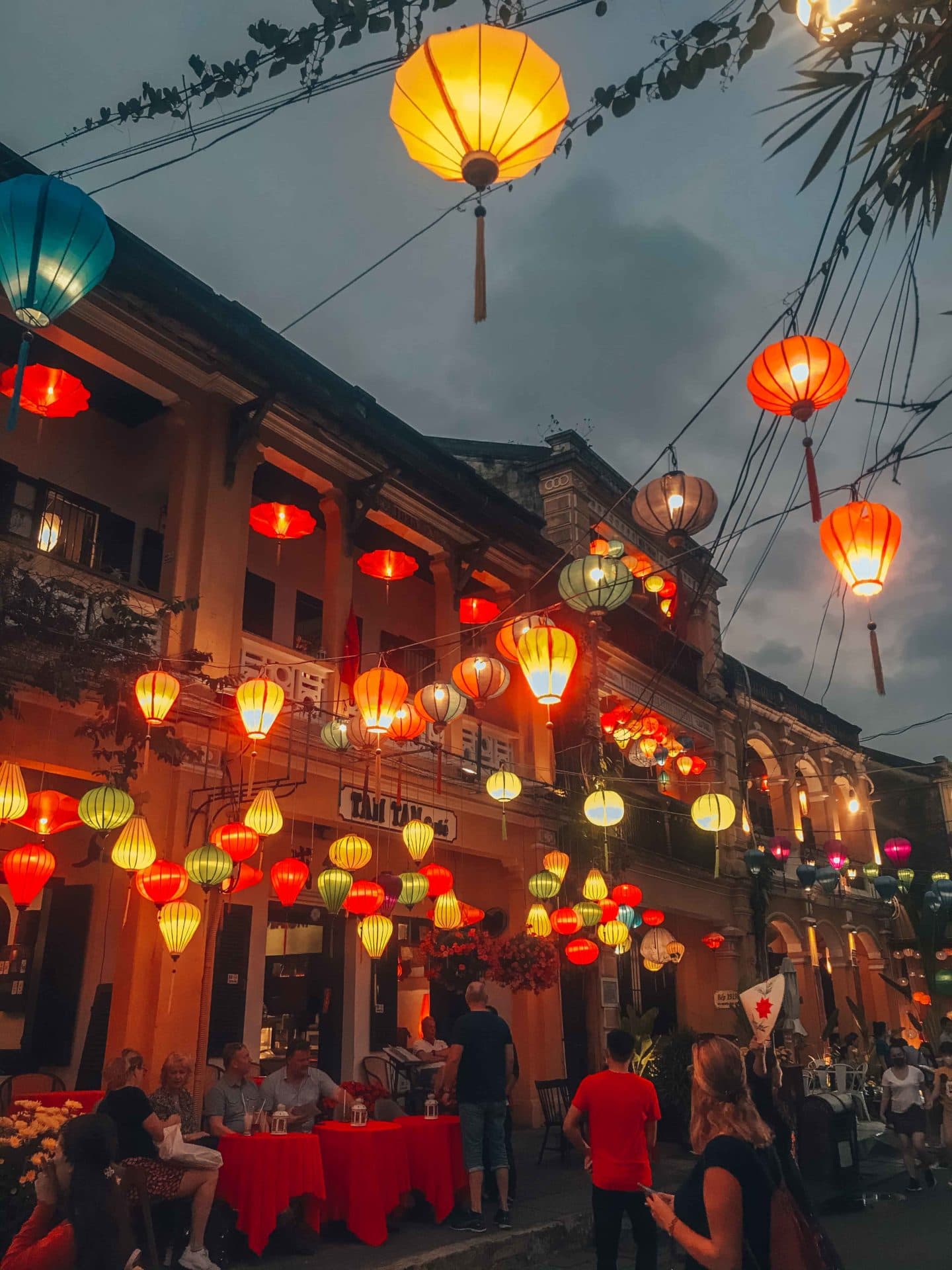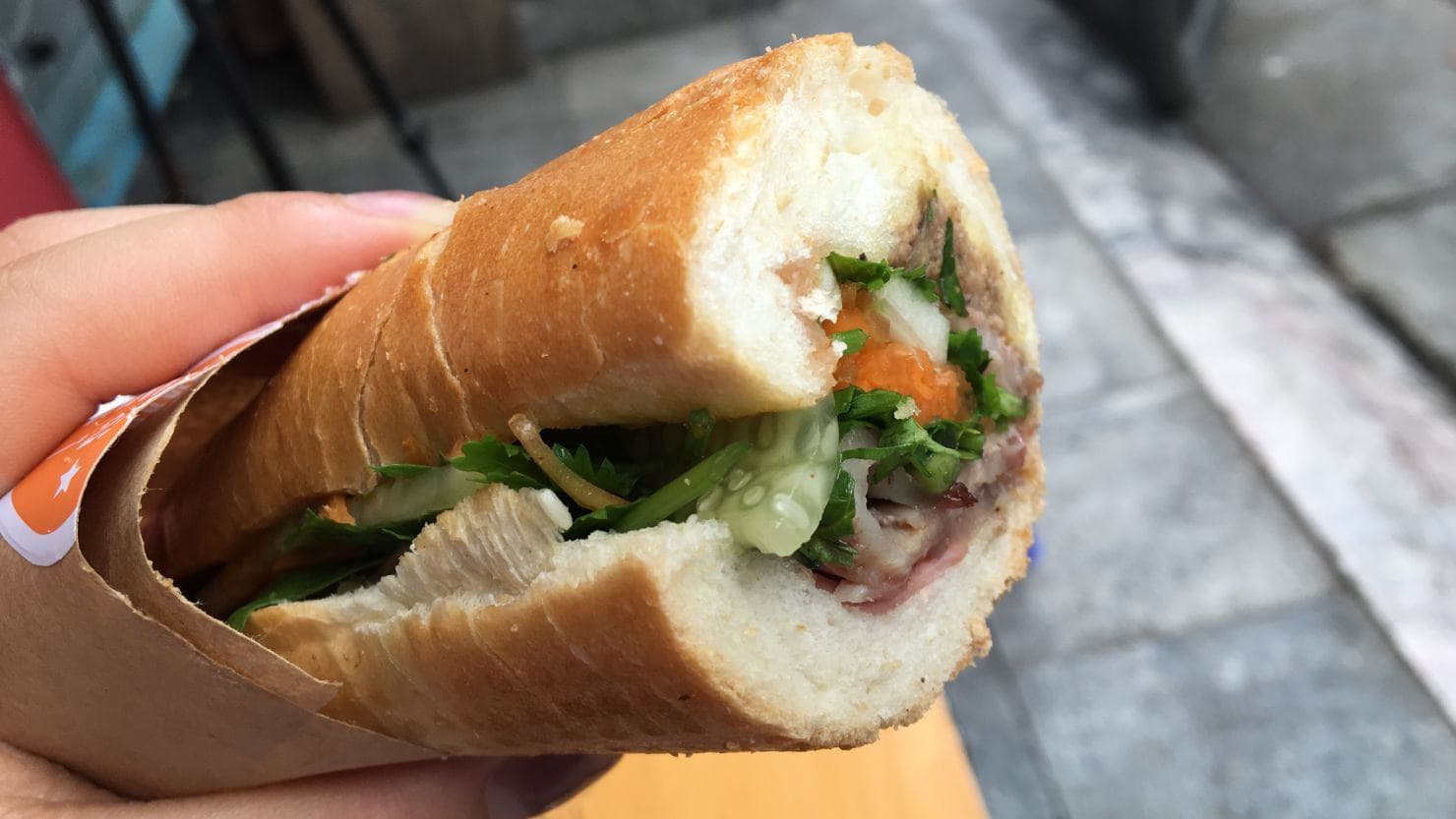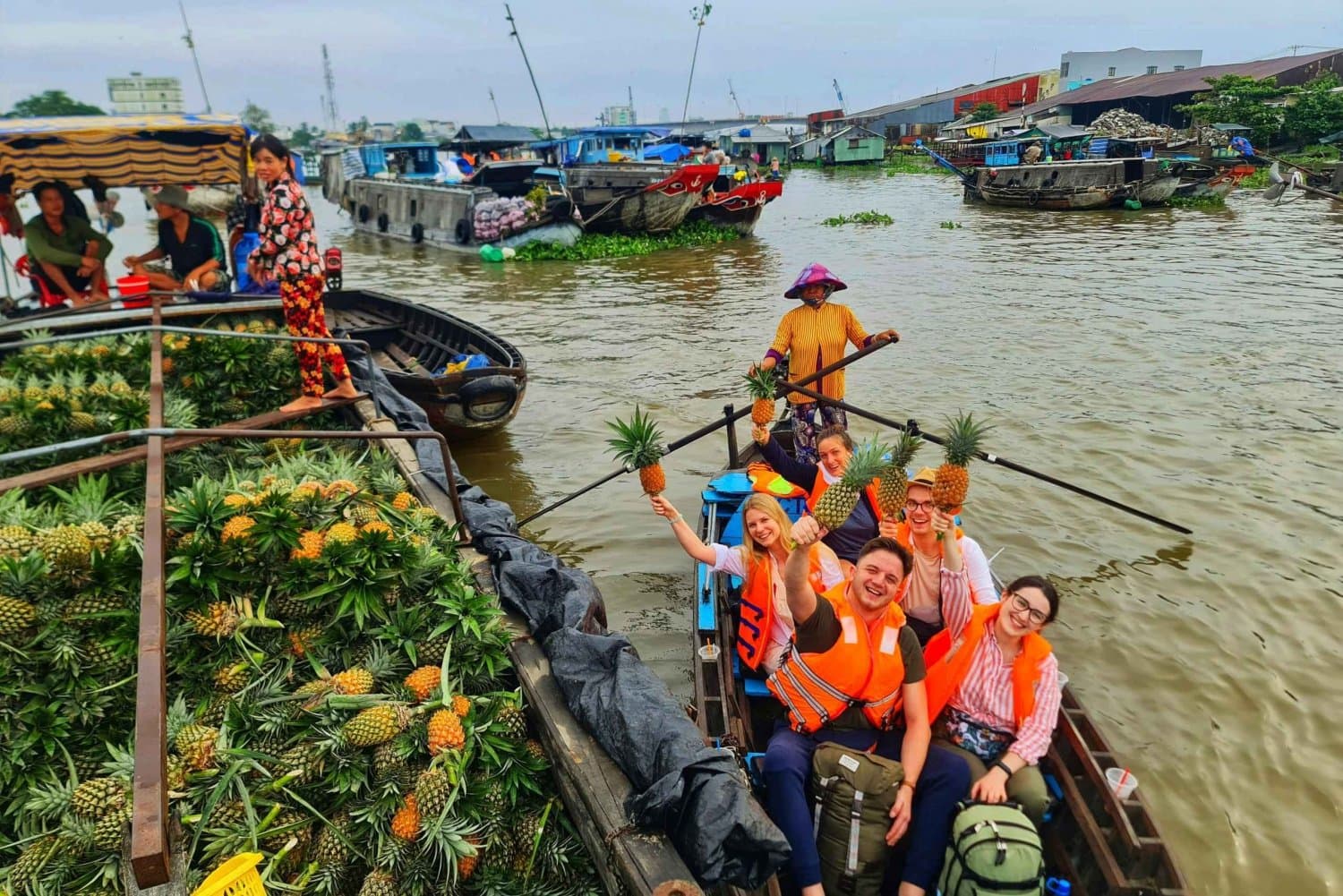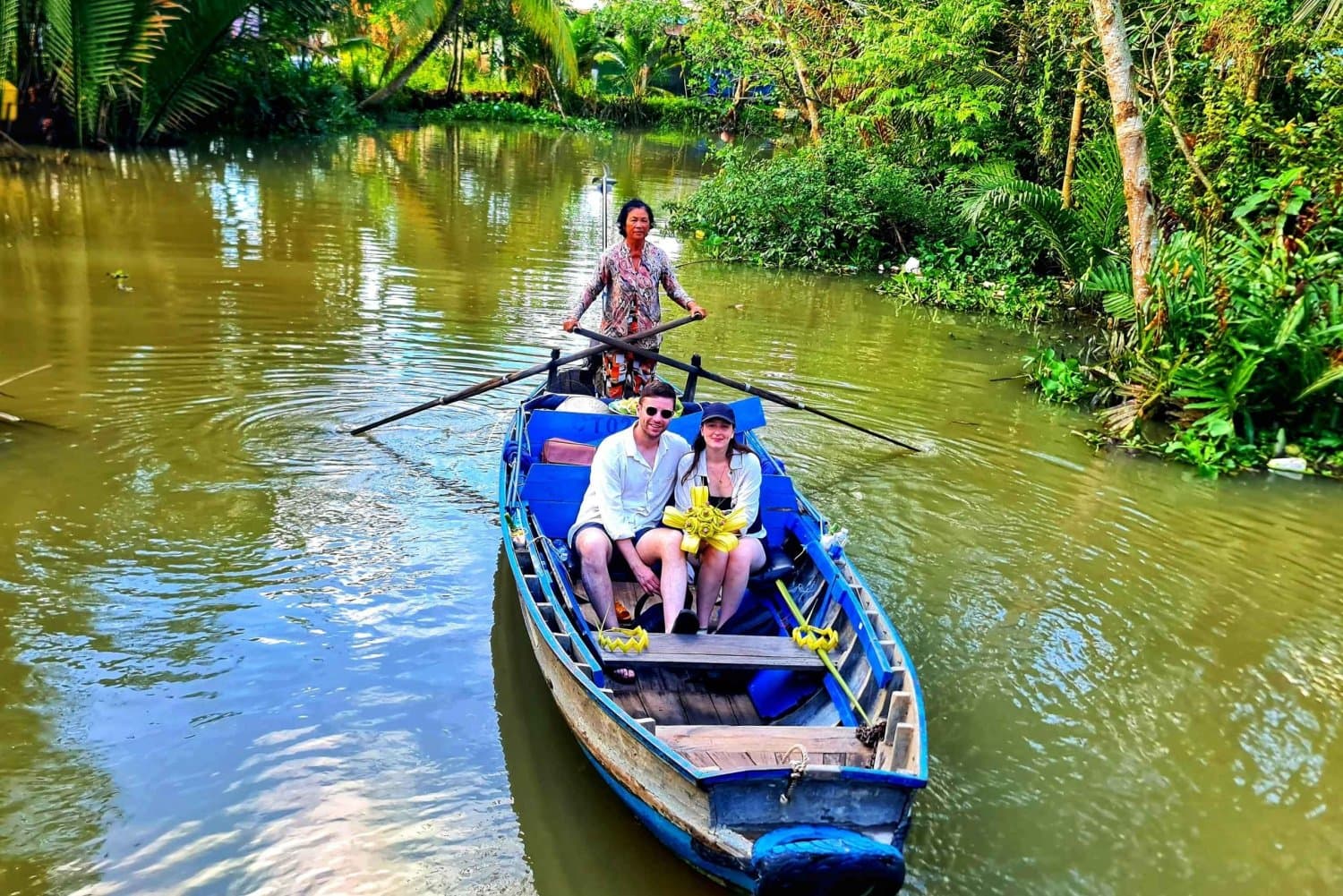When travelers think of Vietnam, images of Ha Long Bay, bustling Ho Chi Minh City, and the lanterns of Hoi An often come to mind. While these destinations are undeniably breathtaking, they only scratch the surface of what the country truly offers. If you are searching for an authentic Vietnam travel experience, you need to step away from the typical tourist trail and immerse yourself in the rhythms of local life, age-old traditions, and hidden natural wonders.
Vietnam is a land where modernity and tradition coexist. Motorbikes buzz past ancient temples, street food stalls stand beside high-rise towers, and rural landscapes remain untouched by mass tourism. This guide takes you through ways to experience the country more deeply—through food, culture, local interactions, and off-the-beaten-path adventures.

Authentic Vietnam Travel Experience: A Journey Beyond the Tourist Trails
Why Choose an Authentic Vietnam Travel Experience?
Tourism in Vietnam has grown rapidly in the last decade, with millions of international visitors arriving each year. While popular attractions are worth visiting, they can feel overcrowded and overly commercialized. Choosing an authentic Vietnam travel experience allows you to:
-
Connect with locals: Learn about daily life, traditions, and values directly from Vietnamese people.
-
Support communities: Spend your money where it benefits small businesses and families.
-
Experience cultural depth: Move beyond postcard images to discover the real essence of the country.
-
Travel sustainably: Minimize your environmental impact by visiting less-exploited destinations.
By slowing down and being intentional with your travel, you unlock the real Vietnam—the one that often hides behind tourist brochures.

Why Choose an Authentic Vietnam Travel Experience?
Embracing Local Culture and Traditions
Stay in a Homestay
One of the best ways to experience authenticity is by staying in a homestay. Whether in the northern highlands of Sapa, the Mekong Delta, or central Vietnam, local families open their homes to visitors. You can share meals, join in farming activities, and even learn traditional crafts. Homestays allow for genuine cultural exchanges that go far beyond hotel service.
Join a Village Festival
Vietnam’s calendar is filled with local festivals tied to Buddhism, agriculture, and ancestral worship. From the Tet Lunar New Year to regional celebrations like the Kate Festival of the Cham people, these events showcase colorful costumes, traditional dances, and deep-rooted customs. Participating respectfully gives travelers insight into the cultural soul of the country.

Embracing Local Culture and Traditions
Learn Traditional Crafts
Many villages across Vietnam preserve artisanal traditions:
-
Bat Trang Ceramic Village (near Hanoi) for pottery.
-
Hoi An for lantern-making workshops.
-
Hue for conical hat weaving.
By engaging in these activities, you not only gain hands-on experience but also help sustain heritage crafts for future generations.
Food as a Gateway to Authenticity
Vietnamese cuisine is celebrated worldwide, but the real flavors are often hidden in side streets and rural kitchens. Food is at the heart of every authentic Vietnam travel experience.
Street Food Exploration
Skip the fancy restaurants and follow locals to bustling street food stalls. Some must-try dishes include:
-
Pho – a fragrant noodle soup enjoyed for breakfast.
-
Banh Mi – a French-influenced baguette sandwich with endless fillings.
-
Bun Cha – grilled pork with rice noodles, a Hanoi specialty.
-
Com Tam – broken rice with grilled meat, popular in the south.
Each region has its own signature dishes, so don’t hesitate to ask locals for their recommendations.

Food as a Gateway to Authenticity
Cooking with Locals
For a deeper dive, join a cooking class where you shop in local markets and prepare traditional meals in a Vietnamese kitchen. Learning how to balance flavors like sweet, sour, salty, and umami will give you a deeper appreciation for the country’s culinary philosophy.
Exploring Nature Off the Beaten Path
Northern Highlands Adventures
Beyond Sapa’s terraces lies Ha Giang, a mountainous province where ethnic minorities preserve their ancient lifestyles. Trekking here takes you through dramatic limestone peaks, remote villages, and vibrant local markets. The Ha Giang Loop by motorbike is increasingly popular among adventurous travelers.
Central Vietnam’s Hidden Coastlines
While Da Nang and Nha Trang are tourist favorites, the central coast also hides untouched beaches like Quy Nhon and Phu Yen, where you can relax with fewer crowds. Fishermen welcome curious travelers, and the seafood is fresh from the ocean.
Mekong Delta Life
The Mekong Delta is more than just floating markets. By exploring smaller waterways by boat, you witness life revolving around the river—stilt houses, rice paddies, and fruit orchards. Staying overnight in a riverside homestay adds depth to the journey.
Responsible and Sustainable Travel
An authentic Vietnam travel experience also means respecting the environment and cultural integrity. Here are some practical tips:
-
Choose local guides: They provide insider knowledge while ensuring your money supports communities.
-
Reduce plastic use: Carry a reusable water bottle and shopping bag.
-
Respect customs: Dress modestly when visiting temples, ask before taking photos, and learn basic Vietnamese greetings.
-
Travel slow: Spend more time in fewer places rather than rushing through the country.
By being mindful, you contribute positively to Vietnam’s tourism industry and help protect its treasures.

Responsible and Sustainable Travel
Hidden Experiences for a Deeper Connection
-
Rural Farming in Mai Chau: Learn how rice is planted, harvested, and processed.
-
Ethnic Minority Trekking in Bac Ha: Stay with Hmong or Dao families and join their market days.
-
Fishing with Locals in Hoi An: Hop on a traditional basket boat and try net fishing.
-
Meditation Retreats in Hue or Da Lat: Experience spiritual traditions with local monks.
These activities go beyond sightseeing—they allow you to live and breathe Vietnamese traditions.

Hidden Experiences for a Deeper Connection
Practical Tips for Travelers
-
Best time to visit: Spring (March–April) and autumn (September–November) bring pleasant weather.
-
Language: While English is common in tourist hubs, learning simple Vietnamese phrases like “xin chào” (hello) and “cảm ơn” (thank you) goes a long way.
-
Transportation: Motorbike rentals, local buses, and trains are great for exploring like a local.
-
Budget: Vietnam offers excellent value, but spending consciously on local services maximizes authenticity.
An authentic Vietnam travel experience is about slowing down, connecting with people, and seeing the country beyond its famous landmarks. From savoring street food in hidden corners to trekking through remote villages and joining local festivals, every moment immerses you in the real Vietnam.
Traveling this way transforms your journey into more than just a vacation—it becomes a cultural exchange, a chance to understand life from another perspective, and a way to create memories that truly last.
So, next time you plan your Vietnam trip, don’t just look for the iconic Instagram shots. Look for authenticity. Because the real beauty of Vietnam lies not only in its landscapes but in the warmth of its people and the richness of its traditions.
